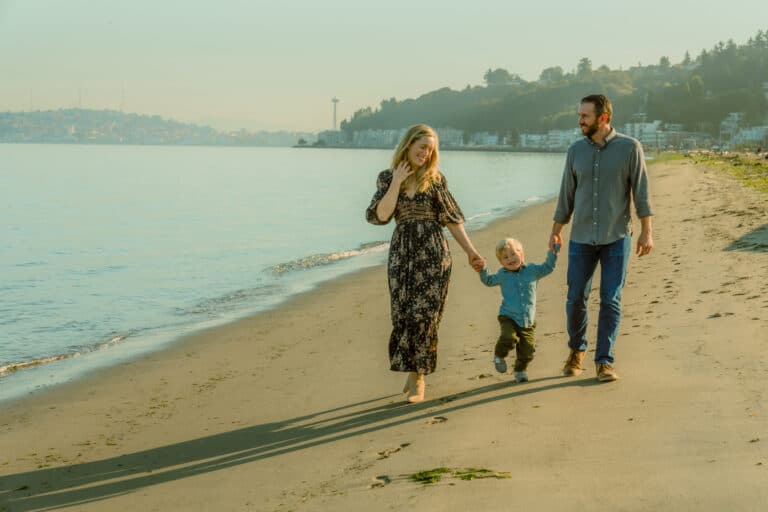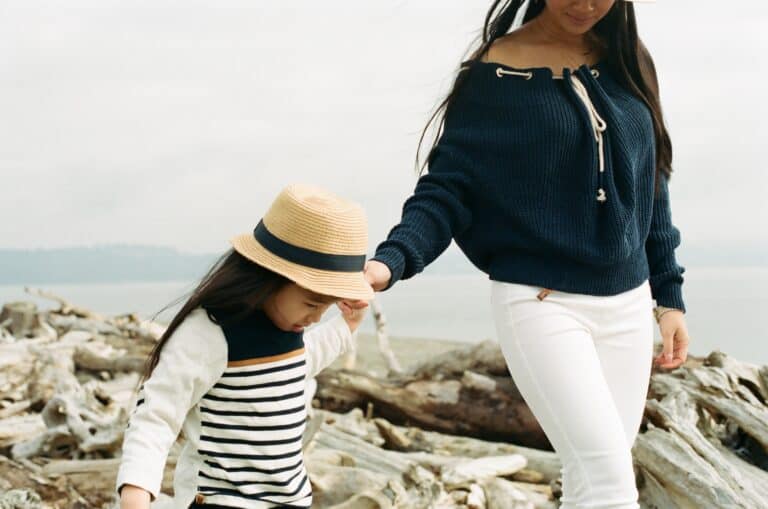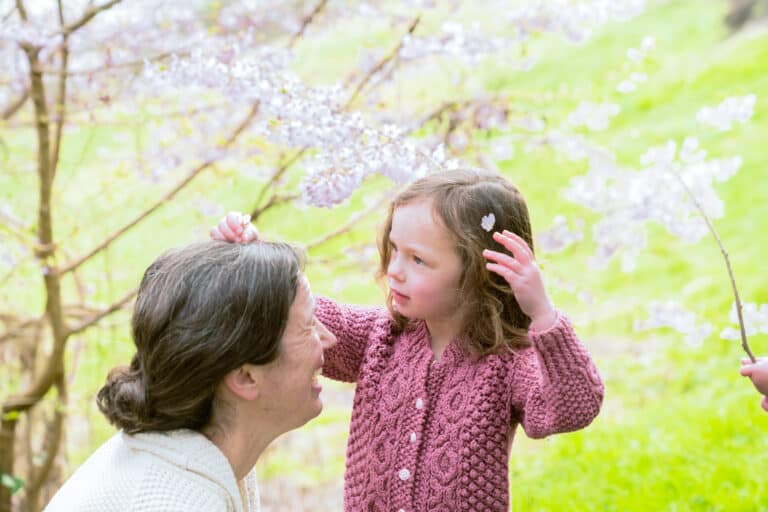Why You Should Choose Film For Your Next Family Session
Think back to getting your photos taken as a kid. If you’re of a certain age, you probably remember getting your images on film. Or maybe you, like me, loved to take your mom’s film camera (and later, disposable cameras) around with you everywhere. There’s something so nostalgic and timeless about film. That’s exactly why I chose to shoot on film again and to offer it as an option to my families for their sessions. Let’s explore some reasons why you should choose film for your family session with me!
Why Film?
There’s a lot of reasons to choose film. I love it because it’s a much more mindful, technical experience; you truly have to get it right in camera the first time. Digital photography is much more forgiving, both from how you shoot it to how you edit it. Film is not that way. And I appreciate that about it. It’s its own challenge and that much more rewarding when you do get it right.
But more than that — film is timeless. Film is nostalgic. It just has this soft grain and colour profile that can’t be replicated digitally. Sure, we can edit so it’s almost identical to our film images, but it won’t be exactly the same. And that’s part of what makes film so special: it can’t be replicated. Having your family session shot on film will produce not just an entirely different set of images but an entirely different vibe than if you had only digital.
Let’s compare some film and digital images from recent sessions on three different kinds of film stock.
Film vs. Digital: Kodak Portra 400
First, my family session on Vashon in March 2022:




Confession time: sometimes we photographers get verklempt when we’re editing. And when I say that, I mean that we’re so happy with how things turn out that we kind of can’t handle it. This session was one of those. I love these digitals so much. This family was a joy to work with and their session was a joy to edit.
Now, let’s compare the film images. They’re a little moodier by the water just to preserve the view of the mainland on this cloudy day.



Now, if you look closely, you can see that soft grain there. The colours are so saturated but so soft. Both of those things can’t be replicated on digital — not entirely.
But beyond the technical aspect — how do these images make you feel? I keep saying this, but these images are timeless. They’re not beholden to any hip or trendy editing anyone is doing now. They could have been taken 30 years ago, or they could be taken 10 years from now; they’ll still look the same because the film is the same.
Film vs. Digital: Kodak Ultramax 400
Next, a few images from a cherry blossom session here in West Seattle:



Nothing makes me think of Spring like the cherry blossoms. And as I’ve gone through to make my digital images look more like my film images, I’ve embraced more light and a more airy quality into my editing. And that’s a wonderful thing that digital photography offers me — I can change my shooting and editing style as often and as much as I want.
Now let’s look at the film:




Again — how do these images make you feel? Ultramax 400 has a much more saturated colour profile which I love, but not the airiness I wanted. But that’s okay! Know why? Because I love the feelings these evoke. I love the colour profile, of course, but I love how classic these images feel. These could be images I would have looked at in friends’ photo albums as a kid.
Film vs. Digital: Kodak Portra 800
Last, let’s look at some family and travel images on Kodak Portra 800. I’ve ultimately decided this is the film stock I’ll be using for all my sessions as it has both the saturation and airness that I want. The grain is soft, the way it handles skin tones in all kinds of light is pure magic, and it evokes that nostalgia that I live for.
Let’s compare my session at Infinity Farm:






Again: light, bright, airy, fun, perfect photos for Spring. Colours are still preserved with proper saturation and nothing is washed out. Just how I like to shoot.



Look how beautifully the Portra 800 handles skin tones (and everything else). Everything is so balanced! And there’s that soft grain again. I can’t put in words how much I love this film stock. It shoots just as bright as I want it to be and it’s perfect for changing light conditions.
Now let’s do something fun: comparing the same shot!


On the left is the digital image; on the right, film. Same shot, slightly different angle. You can see how my digital editing brought out more of the blue in the sky when the actual clouds were more grey. Notice, too, the softness of the second one compared to the first. Digital is crisp, film is soft.
Conclusions
I hope this has given you some idea of why you should choose film for your next session. When I talk about the differences between digital and film, please don’t misunderstand: I love digital photography. I’m a hybrid shooter for a reason. Digital gives you so much space to play and to see what you’re doing in real time. It’s great for on-the-fly experimentation. For family sessions, it’s also great for being able to both show little kids the photos and keep them engaged and to have them help and see what they’re producing.
With film, it’s soft, classic, and inviting. It’s a similar but wholly unique feel that, again, you just can’t replicate digitally. And that’s what makes it special, especially in conjunction with digital images.
If you’ve been convinced, click that there button at the bottom and book a full session with me, choosing film as an add-on. You can also get prints and/or photo albums of your digital and/or film images. And you should really print your photos. If no one has told you lately: print your photos.






